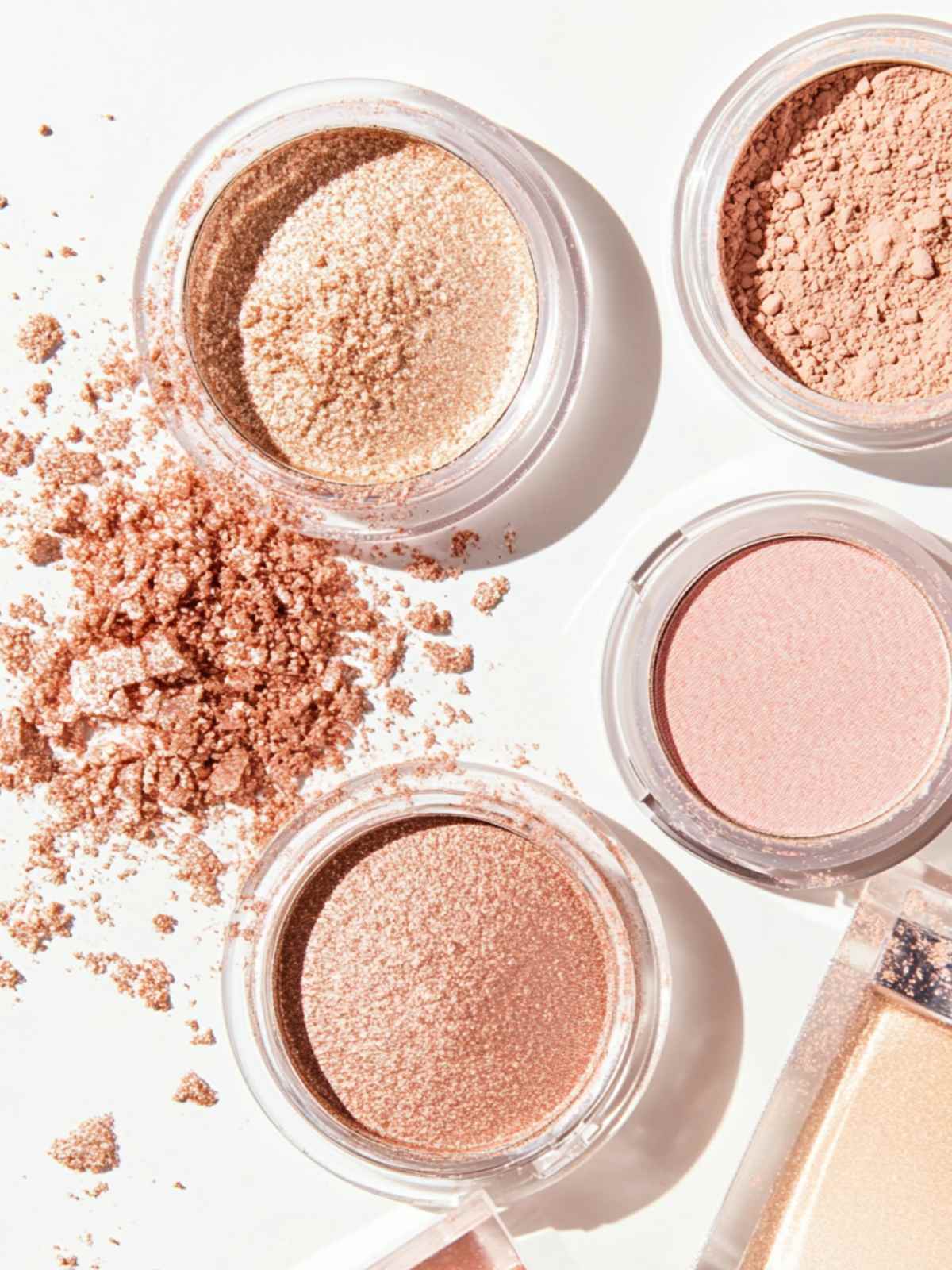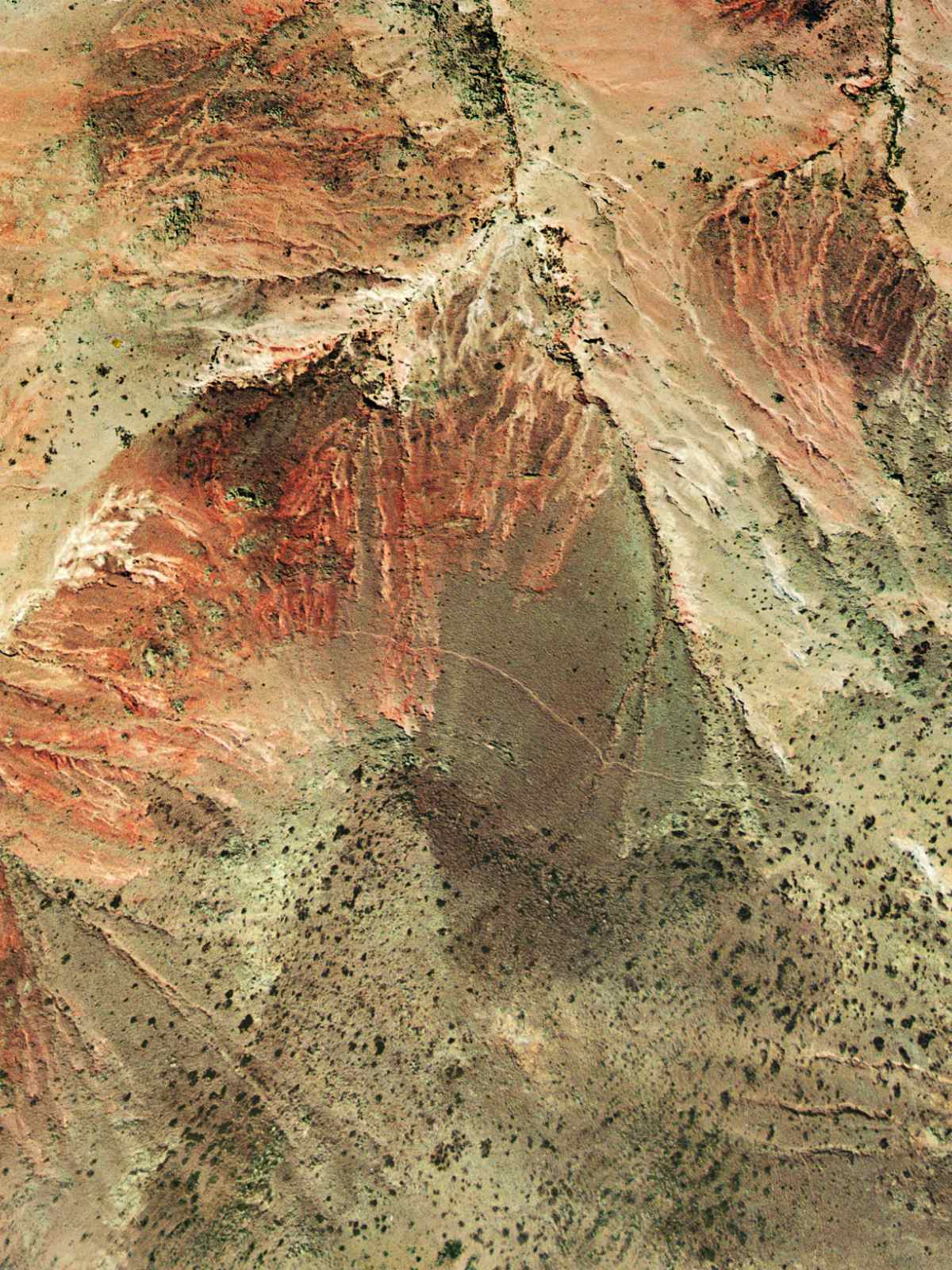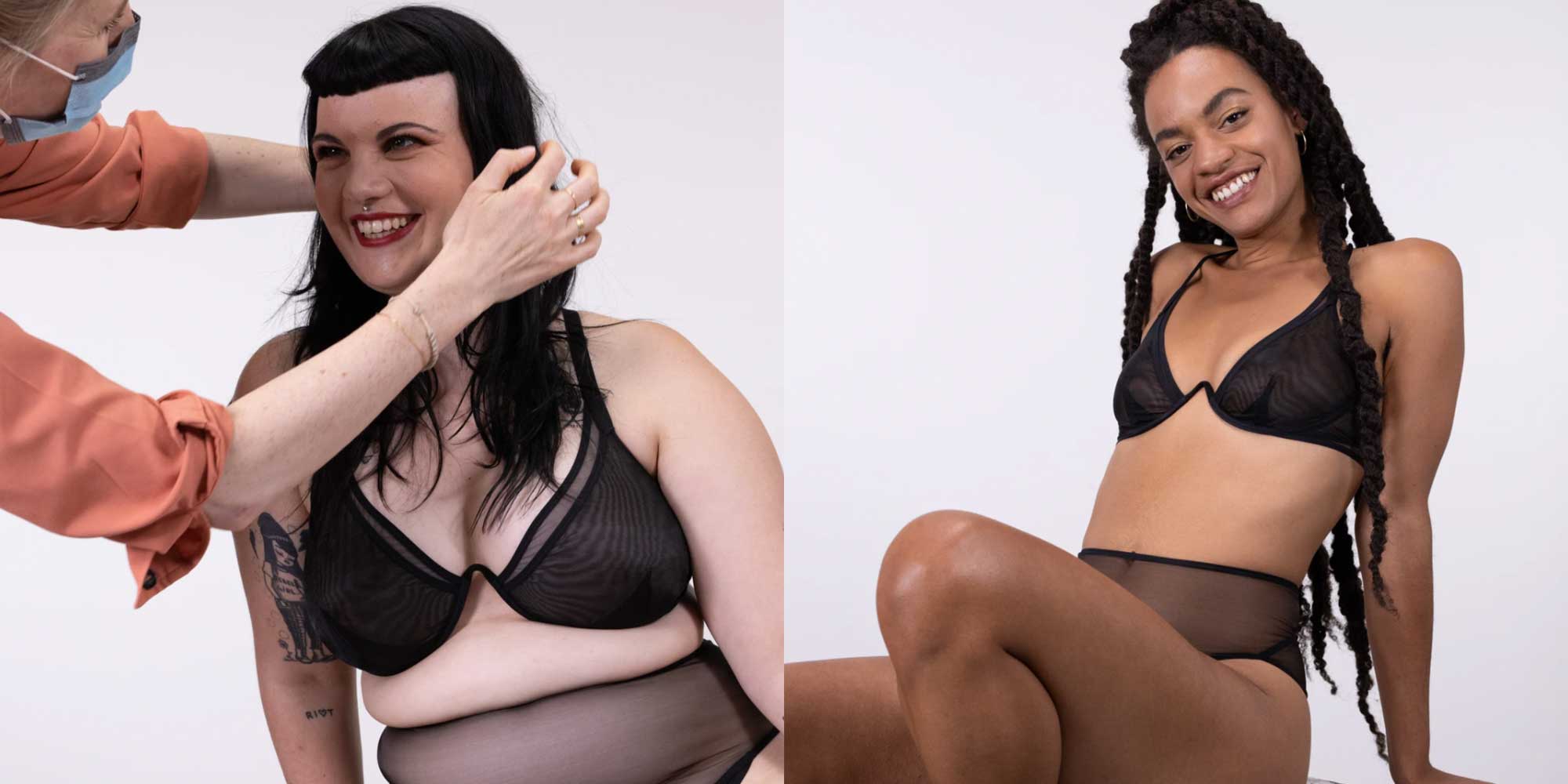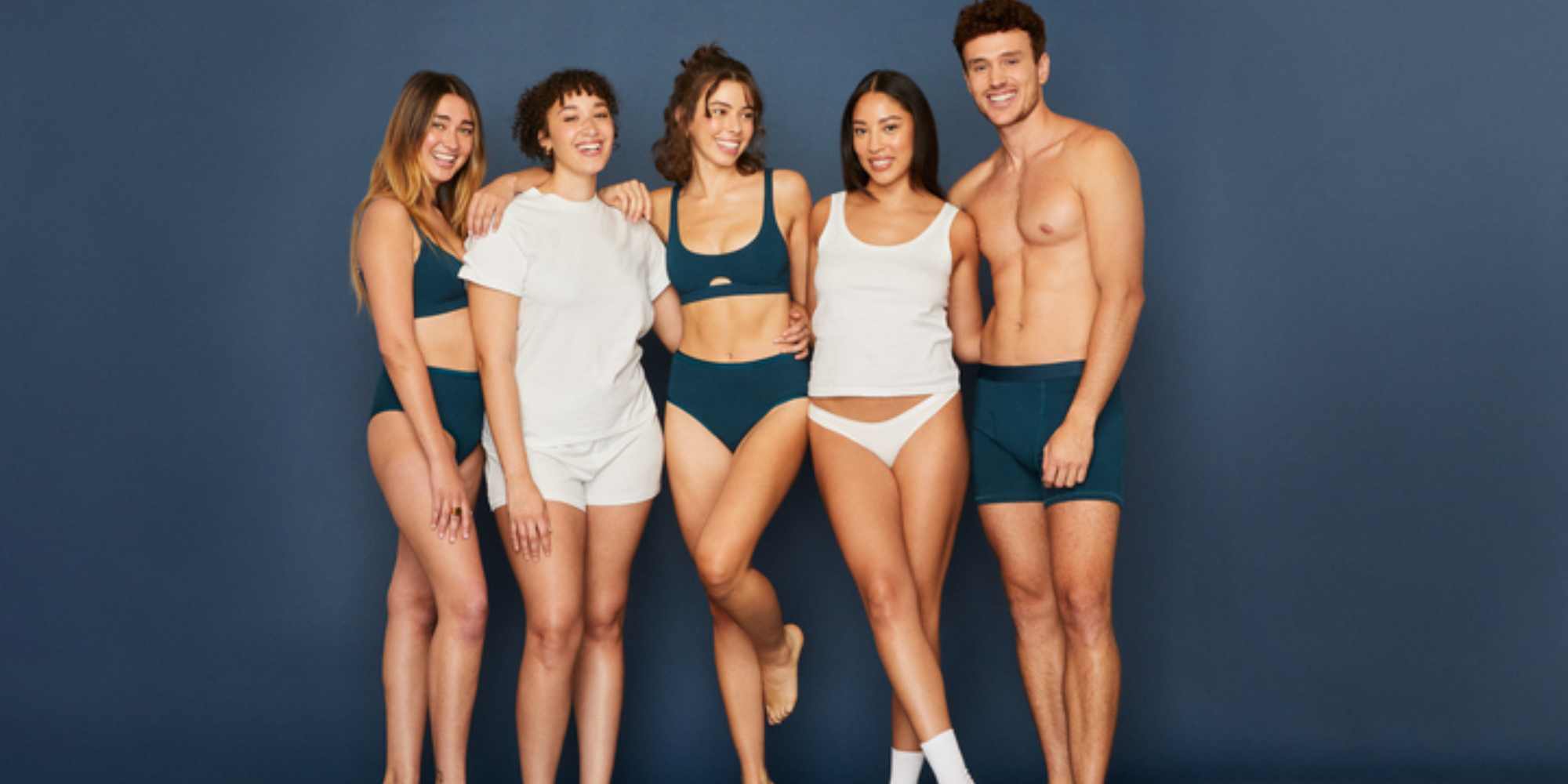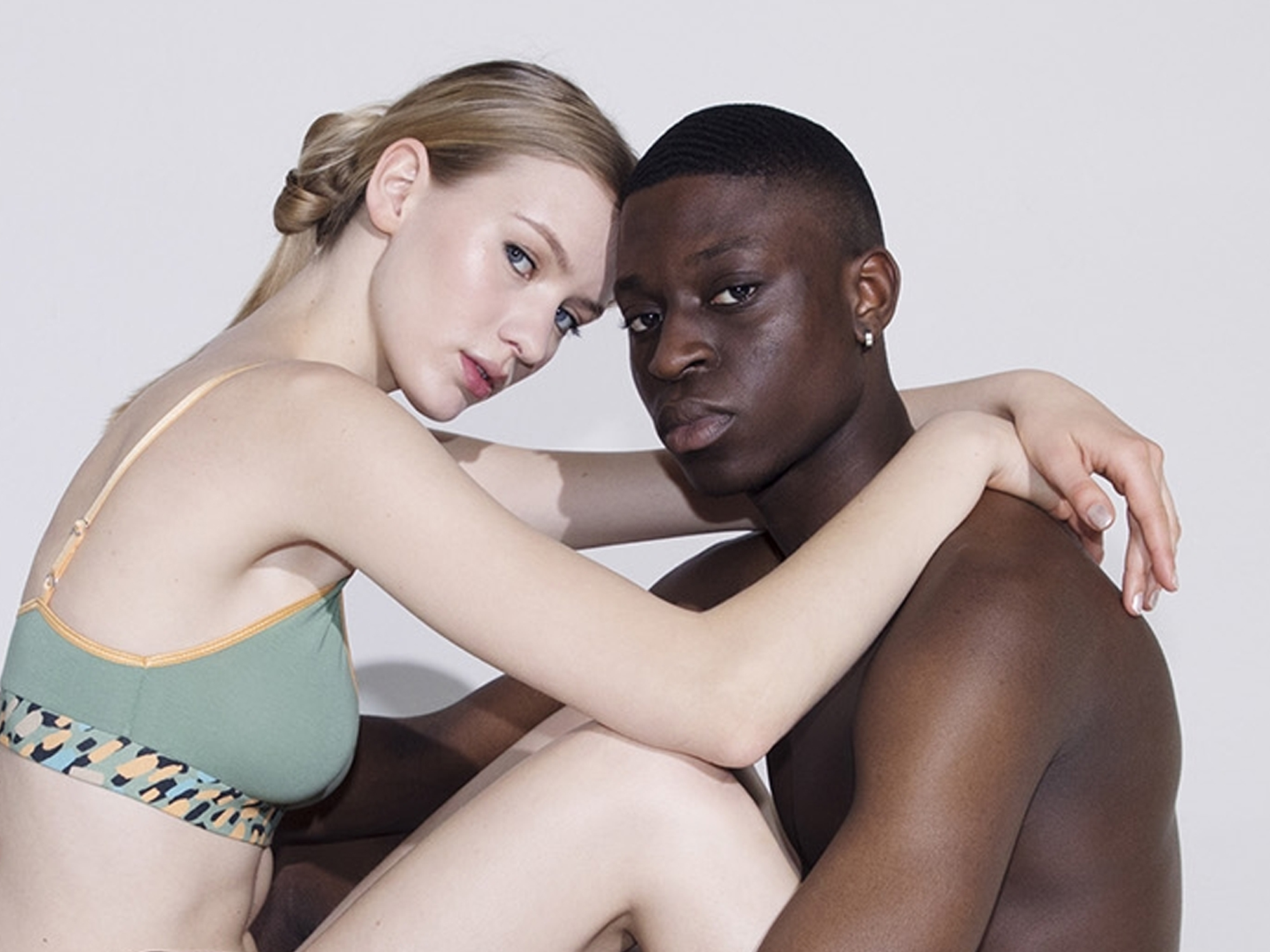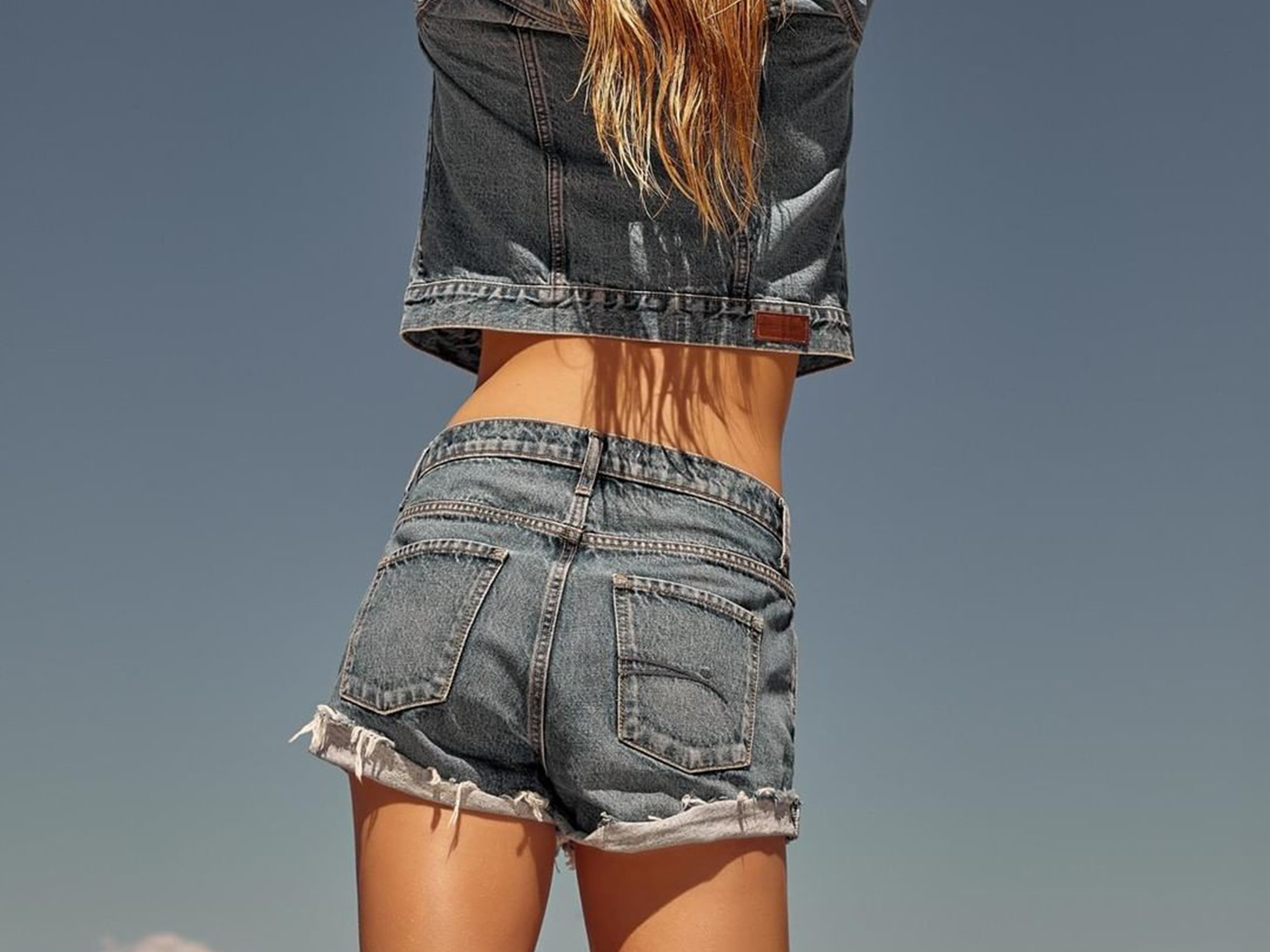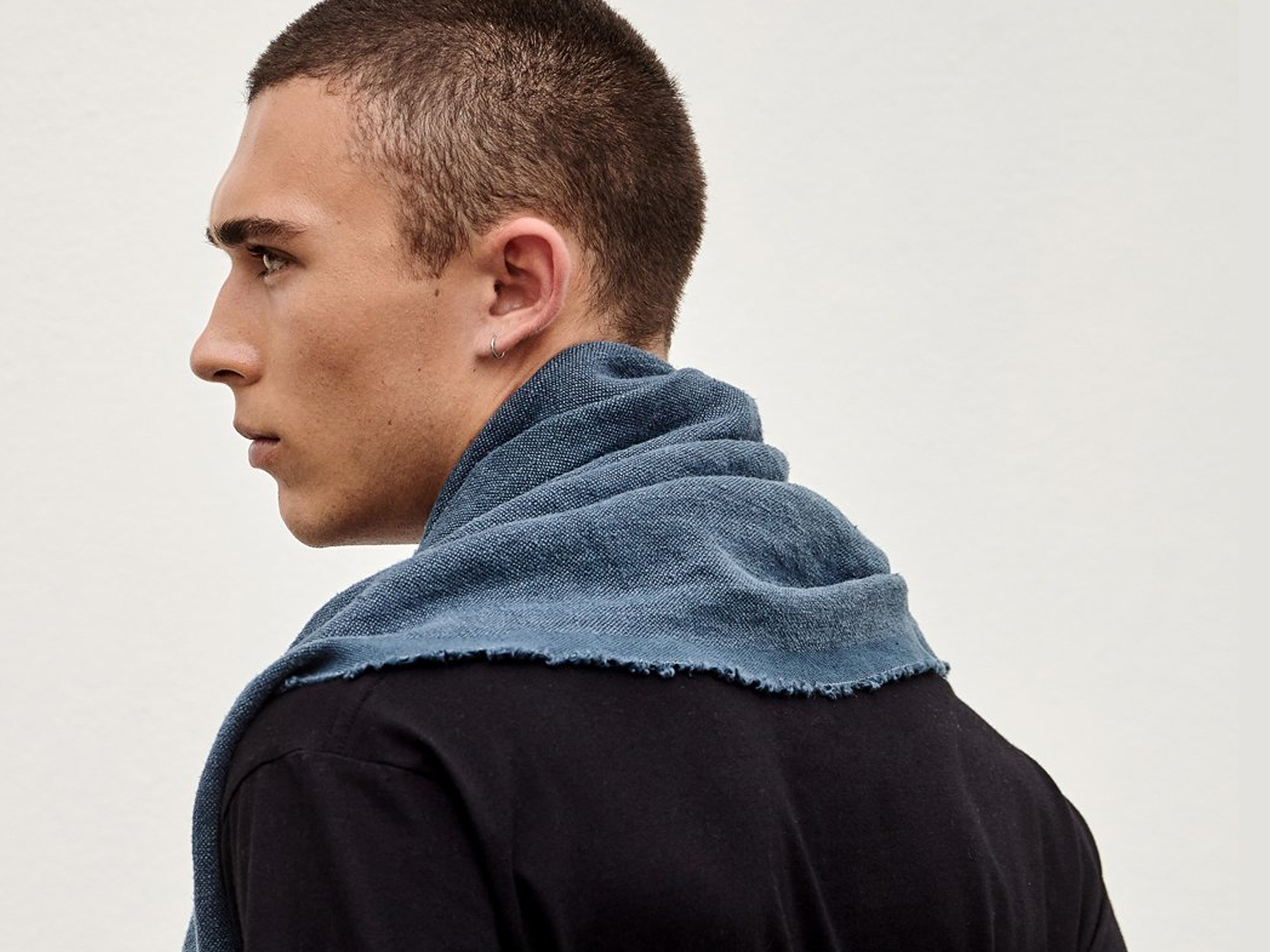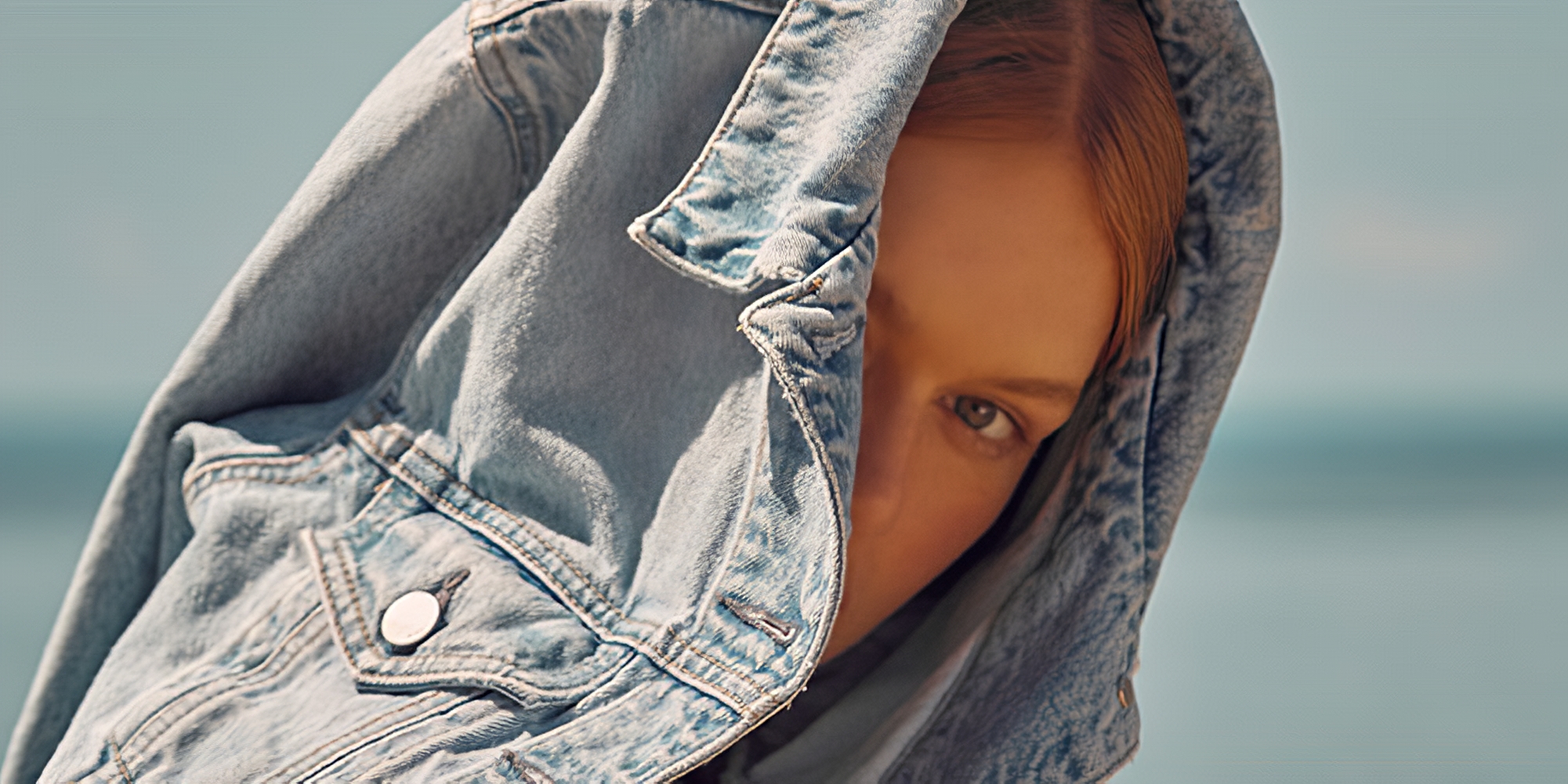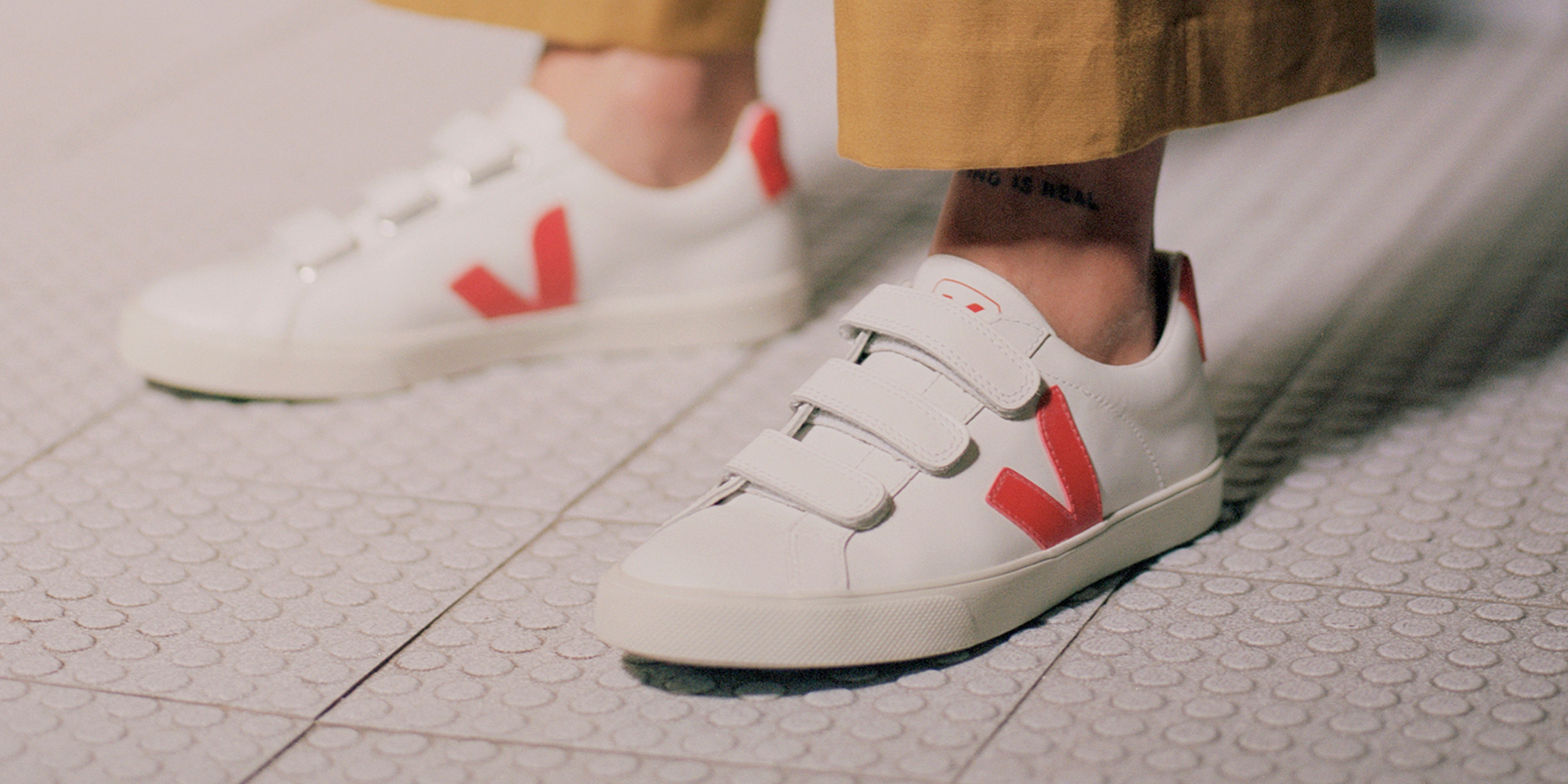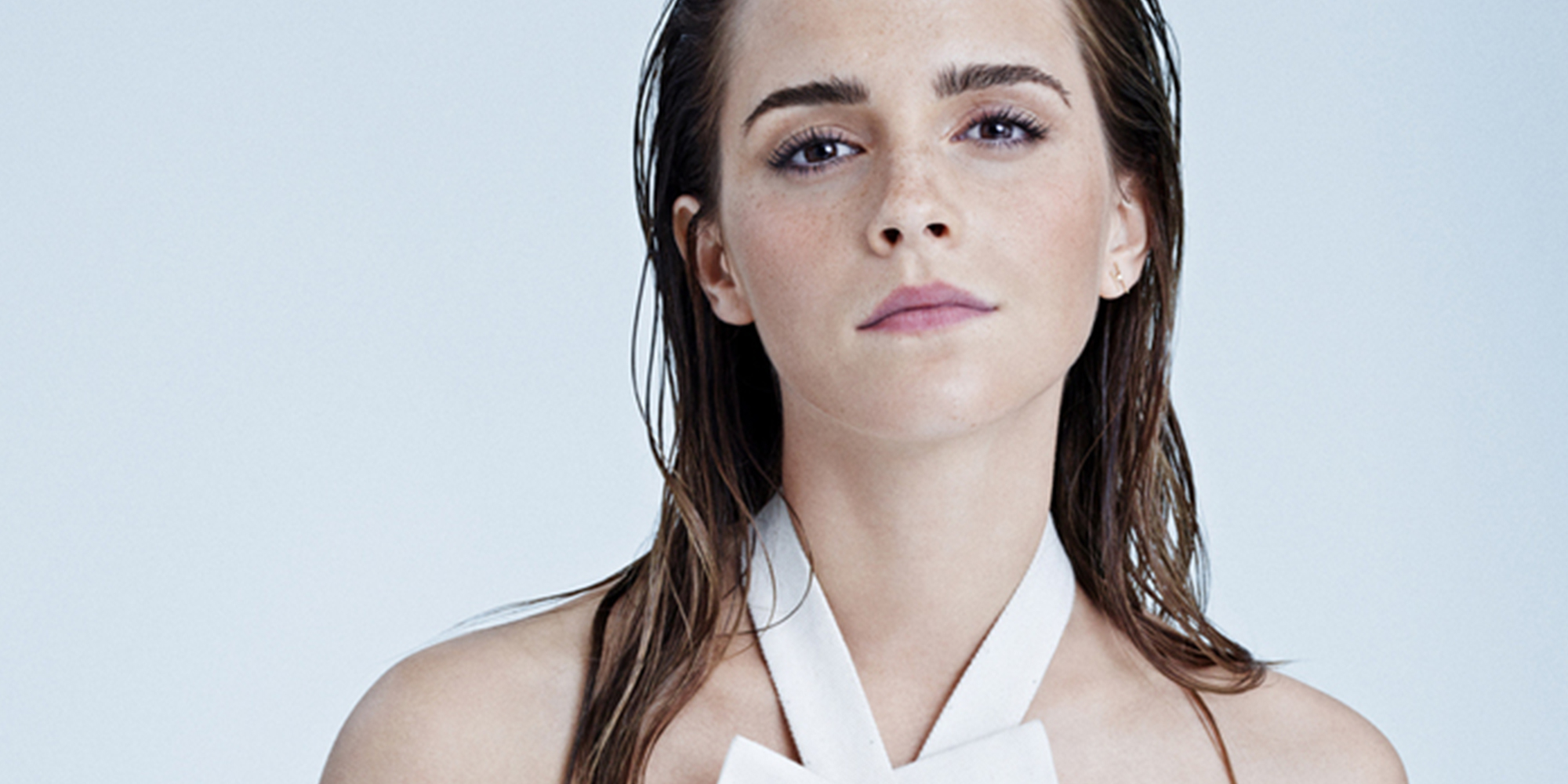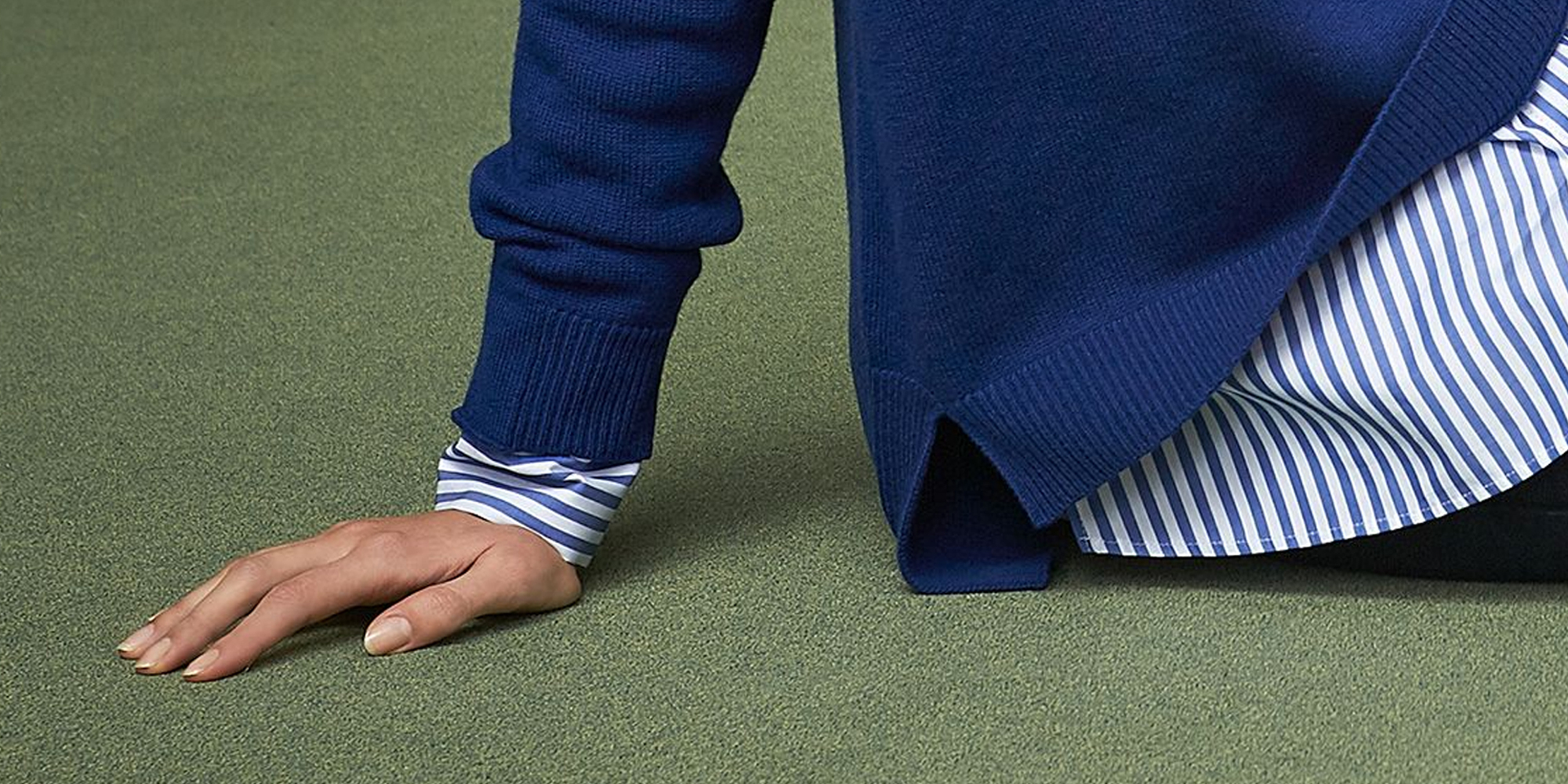Our editors curate highly rated brands that are first assessed by our rigorous ratings system. Buying through our links may earn us a commission—supporting the work we do. Learn more.
Victoria’s Secret may be the largest American retailer of lingerie, but is the brand making moves to be more ethical or sustainable? This article is based on the Victoria’s Secret rating from January 2022.
Victoria’s not-so-secret failings
Victoria’s Secret was founded by Roy Raymond and his wife Gaye Raymond in San Francisco in 1977. It was their response to packaged underwear, which Raymond considered “ugly, floral-print nylon nightgowns”. Four decades later, Victoria’s Secret has become the largest American retailer of women’s lingerie thanks to its celebrated supermodels and a world-famous runway show. But how does the iconic brand impact the planet, people, and animals?
As Victoria’s Secret is ditching its Angels to focus on female empowerment, we can’t help but wonder—how ethical is Victoria’s Secret?
Environmental Impact
Victoria’s Secret has few eco-friendly materials in its collection, which is why its rating is ‘Not Good Enough’. We found no evidence the brand has a policy to minimise the impacts of microplastics or minimise textile waste when manufacturing its products. Victoria’s Secret, along with many other big-name brands, signed up to Greenpeace’s “Detox My Fashion” program back in 2011 and had set a deadline to eliminate hazardous chemicals by 2020. Unfortunately, 2020 has come and gone, and there is no evidence it met its target!
Labour Conditions
We also gave Victoria’s Secret’s labour conditions a ‘Not Good Enough’ rating. None of its supply chain is certified by labour standards, ensuring worker health and safety or other labour rights. The brand is also not very transparent, having received 21-30% in the Fashion Transparency Index. More importantly, we found no evidence the brand ensures payment of a living wage in its supply chain or that it implements adequate policies or safeguards to protect suppliers and workers in its supply chain from the impacts of COVID-19.
Animal Welfare
Victoria’s Secret makes products that are generally free of animal materials except for silk, so it is not applicable to rate its impact on animals. Therefore, we calculate the overall rating from environment and labour scores only.
Overall Rating: Not Good Enough
So, is Victoria’s Secret ethical? Based on our own research, we gave the brand an overall rating of ‘Not Good Enough’. Replacing its iconic angels with new activists figureheads to drive change is good, but in the end, the brand has to do more, and do better for the planet, people, and animals, be more transparent, and start treating all its workers fairly.
Note that Good On You ratings consider 100s of issues, and it is not possible to list every relevant issue in a summary of the brand’s performance. For more information, see our How We Rate page and our FAQs.
If you like lingerie and lacy underwear, the good news is that there are tons of ethical and sustainable underwear brands that are better for the planet, people, and animals than Victoria’s Secret! Here are a few of our favourites.
Good Swaps
Eco-friendly alternatives to Victoria’s Secret

